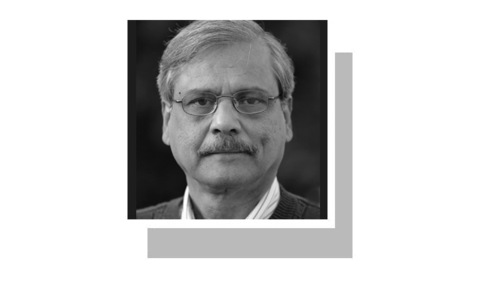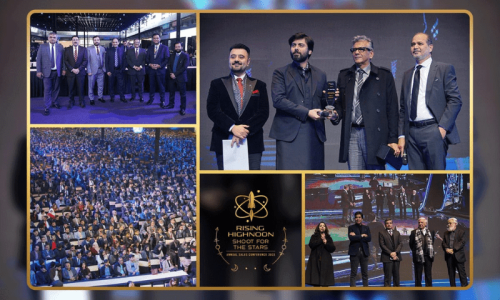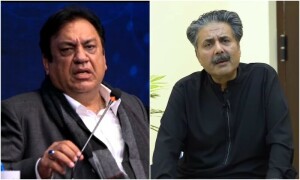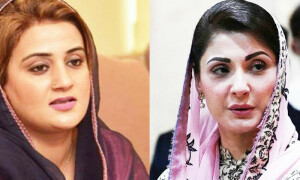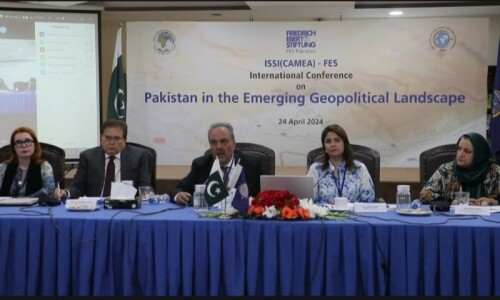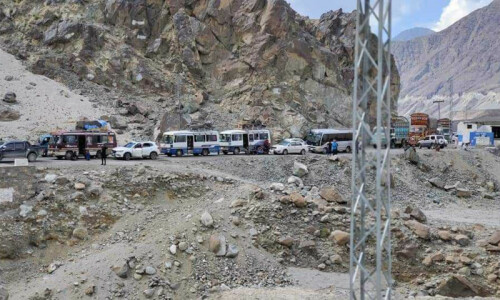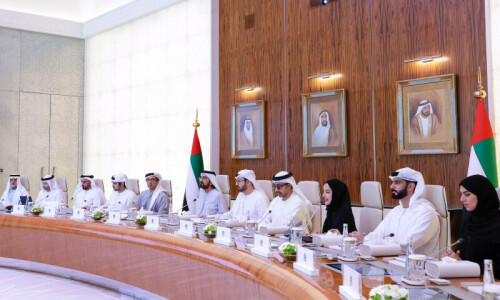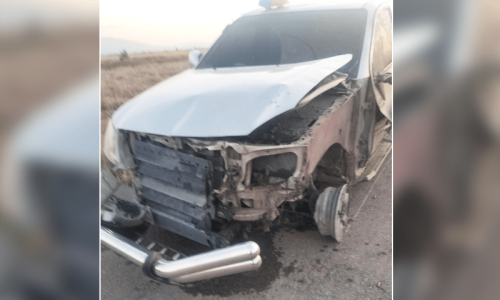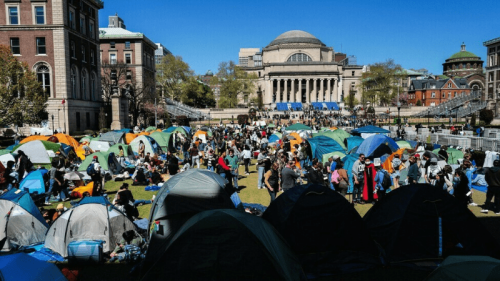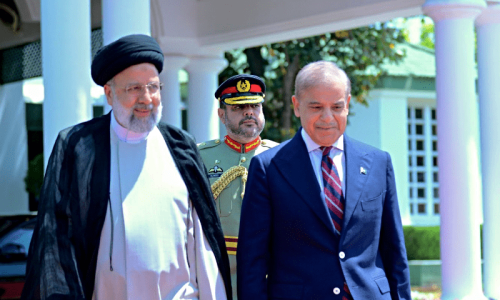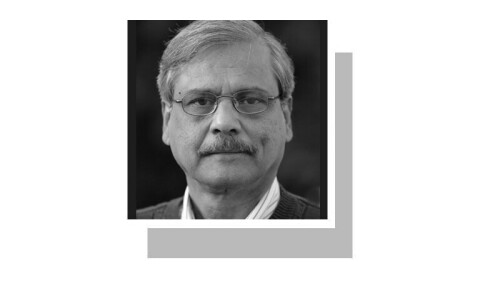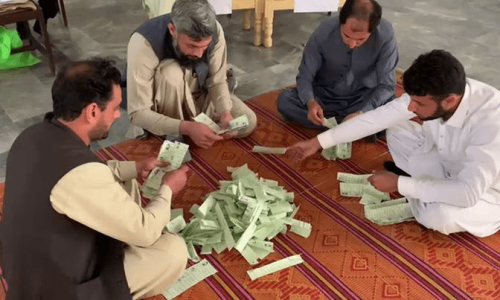MUCH like how in the past governments have changed overnight, so did the Removal and Blocking of Unlawful Online Content (Procedure, Oversight and Safeguards) Rules, 2020 — for the third time. On Dec 1, 2020, Minister for Information Technology and Telecom Syed Aminul Haque remarked on a television programme that the Rules published in the Extraordinary Gazette on Oct 20, 2020, were changed on Nov 27, 2020.
According to him, changes were introduced to Rule 4 (ii) by omitting the line pertaining to the harm to reputation of the federal and provincial government and its officers, as well as the attempt to “excite disaffection” towards them. Hours later, the gazetted copy of the Oct 20, 2020, Rules — uploaded to Ministry for Information Technology and Telecom’s (MOITT) website on Nov 18, 2020, nearly a month after the Rules were notified and published — was replaced by a PDF dated Oct 6, 2020, titled ‘corrected version of the Rules’, reflecting the change in Rule 4 (ii) as mentioned by the IT minister.
How was this done? Surely replacing documents online is not the proper procedure for making changes to Rules notified by the federal cabinet. Neither can the IT ministry or any ministry do this of their own volition. Was the meeting on Nov 27, 2020, a cabinet meeting? Did the cabinet de-notify the Oct 20, 2020, Rules? If the gazetted Rules were not de-notified, did the cabinet approve the Oct 6, 2020, version and do they now supersede the Rules notified earlier? Why was this change announced on a TV programme and by silently replacing documents on MOITT’s website four days later? Which version of the Rules is currently in effect? With no transparency around this process, there are more questions than answers, confusion prevails and the process remains shrouded in secrecy, just like before.
The first version of these Rules, titled ‘Citizens Protection (Against Online Harm) Rules, 2020’, surfaced in February 2020. The government did not share them publicly, they were discovered in circulation online. This generated suspicion and widespread outrage. Following this, a copy appeared on MOITT’s website. At the time, ministry officials, particularly the IT secretary, maintained this version had been approved by the cabinet and these Rules were in effect. As concern and condemnation poured in — locally and internationally — suddenly the status of the Rules became not so clear. The official narrative, which had so far insisted the Rules had been approved by the cabinet, backtracked to “approved but not notified and published”. In swooped the prime minister with the announcement that the Rules would be reviewed.
Does the government not know how rule-making is done?
On Feb 28, 2020, the Ministry of Broadcasting announced the formation of a committee by the prime minister to review the Rules which stood “suspended”. In May 2020, the Pakistan Telecommunication Authority uploaded a survey titled ‘Consultation Framework’. Over the summer, the PTA held meetings with stakeholders — primarily companies since civil society groups boycotted this process. This was due to a lack of legal clarity on the status of the Rules as the prime minister cannot reverse the cabinet’s decision, so “suspending” the Rules was not something he could do. The Feb 29, 2020, statement signed by over 100 individuals and organisations collectively, pointed out that the government was not clear on whether the cabinet had de-notified the Rules. With the Rules in effect, it was argued, the consultation was just a “smokescreen”, as it became apparent later.
Companies that decided to participate realised this only when input they provided was disregarded, and no revised version of the Rules was shared with them before the notified version appeared on the MOITT website. The Asia Internet Coalition in its Nov 19, 2020, statement said the consultation “never occurred”. Genuine consultation processes span over months, sometimes years. Prior to approval, drafts are shared for input, white papers are published, feedback is incorporated or explanation is offered if it is not. No such process took place.
Does the government not know how rule-making is done? Is it unaware of the limits prescribed by the Constitution and superior courts? Or are these excesses deliberate, to see just how much they can get away with?
The Oct 20 Rules are marginally different from the February 2020 ones, and the Oct 6 version only omits the one line. All substantive issues — curbing of speech and invasion of privacy — remain. The change occurred not because the government is open to feedback, but someone on the inside was disregarded and this had to be rectified. When stakeholders demand changes, they are not made. When someone on the inside wants, it happens overnight. As regulatory uncertainty prevails, companies and citizens can certainly count on being held hostage to the whims and arbitrary actions of the executive.
The writer is a co-founder of Bolo Bhi, an advocacy forum for digital rights.
Published in Dawn, December 3rd, 2020



